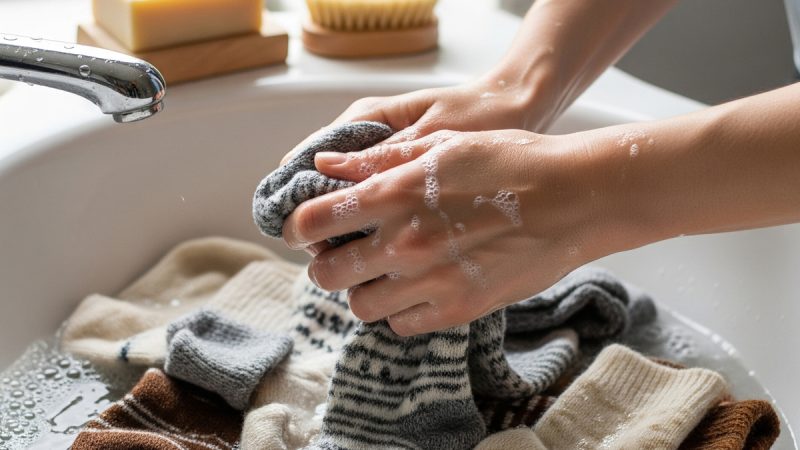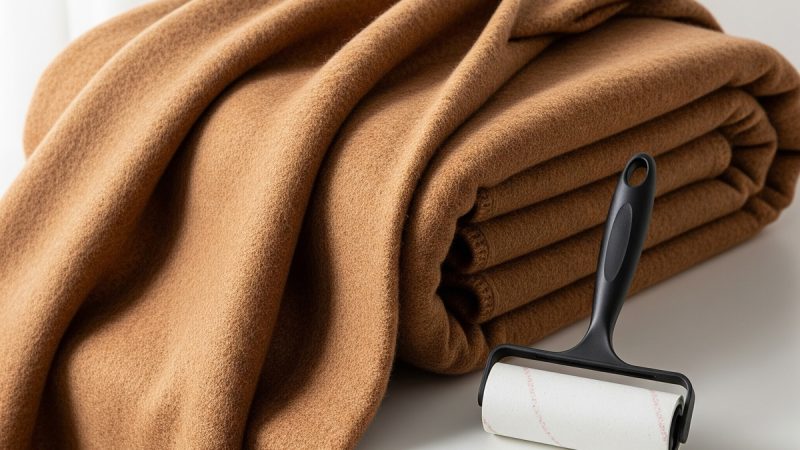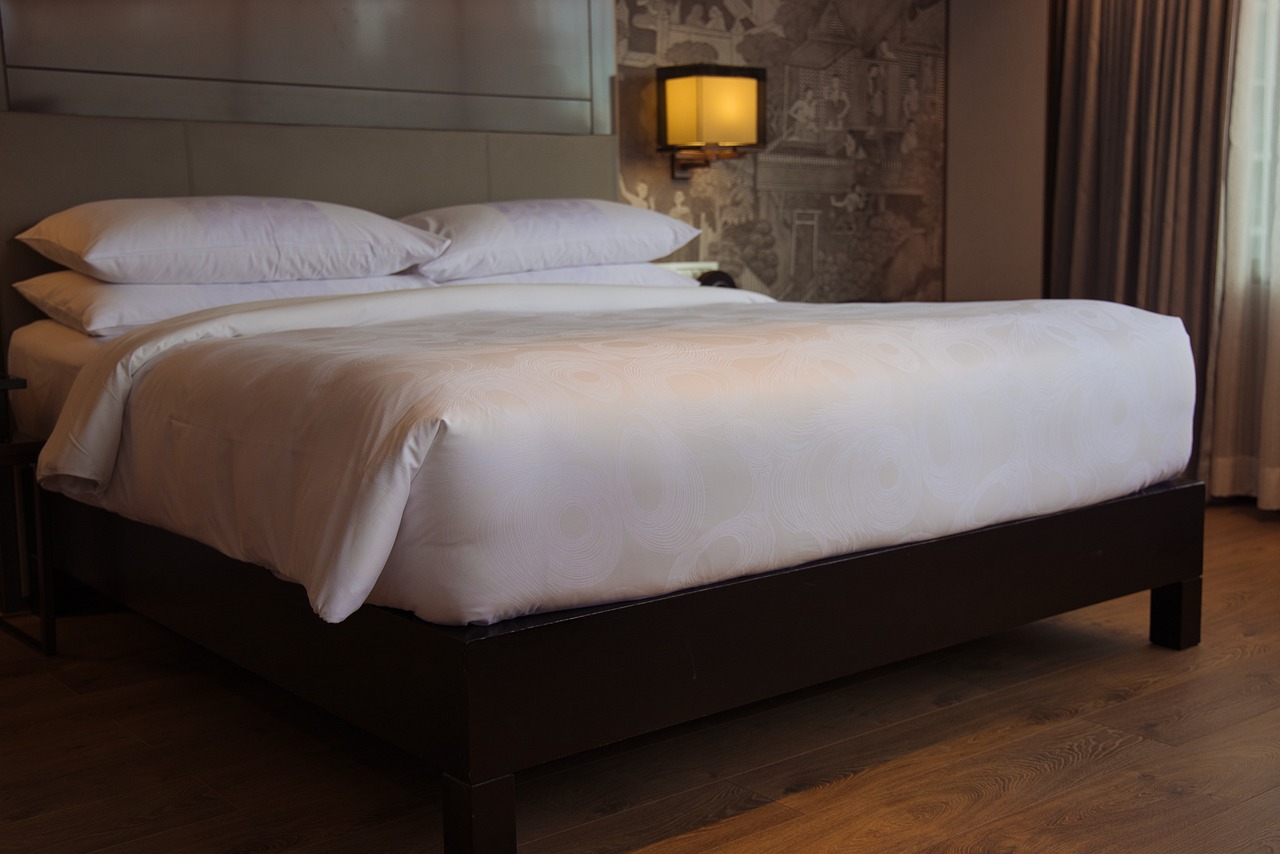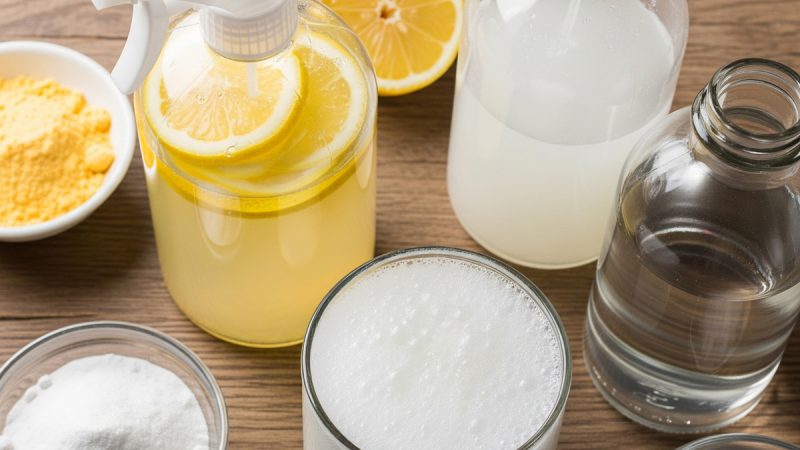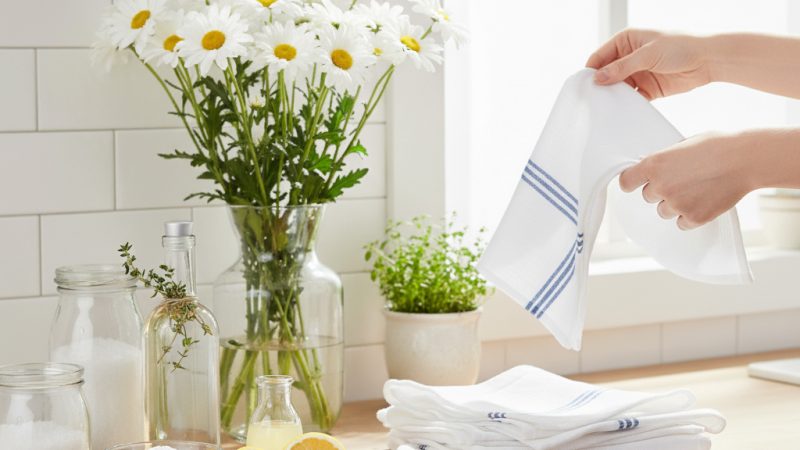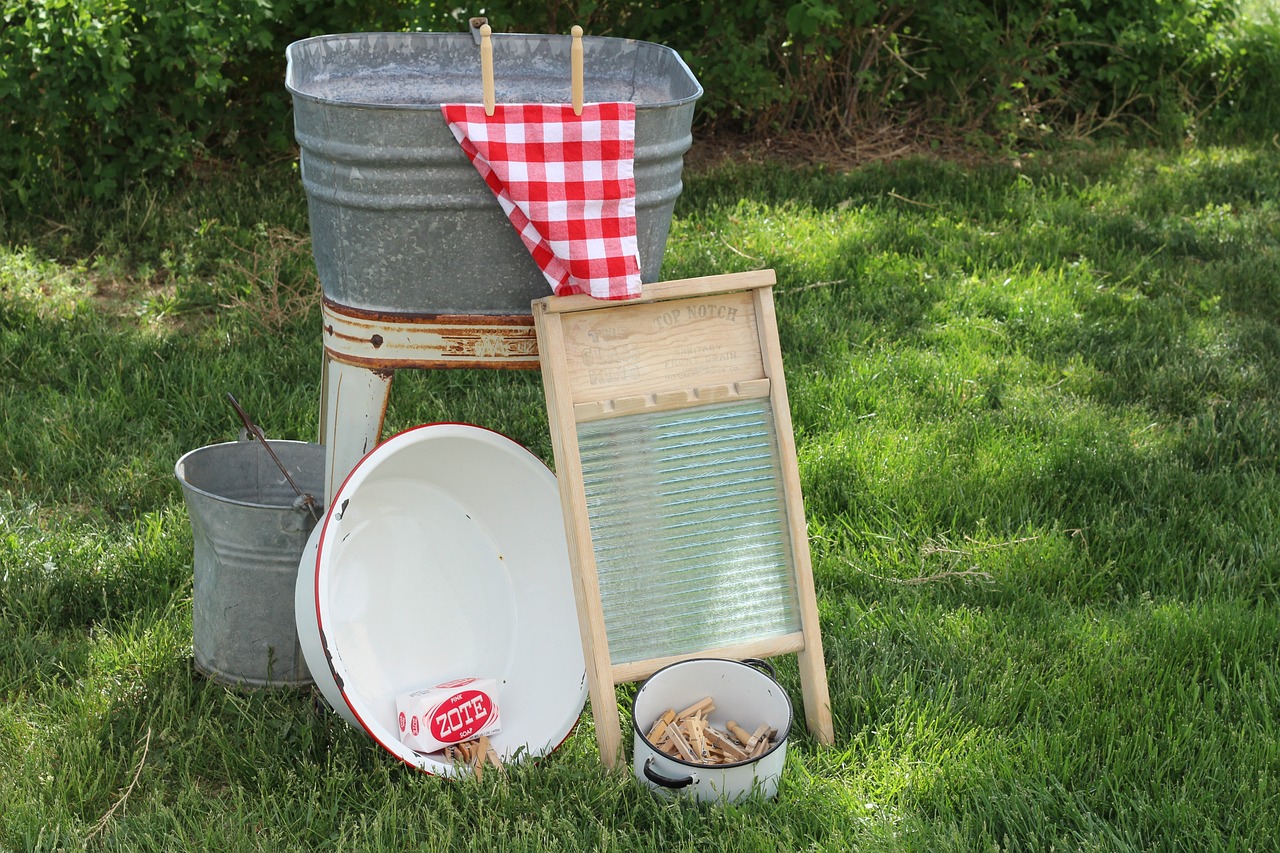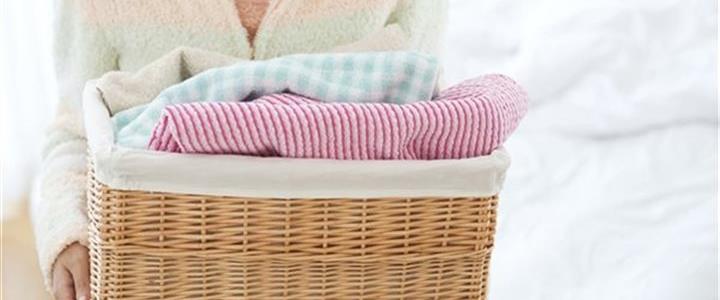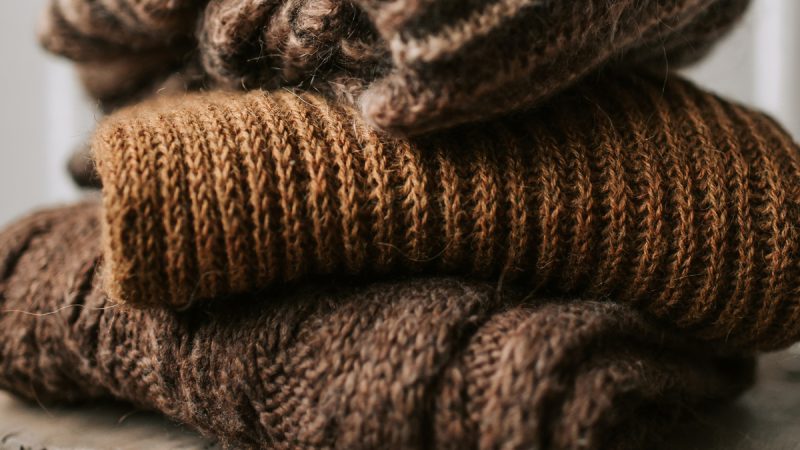Bathroom Mold – Cleaning it up and Keeping it Clean
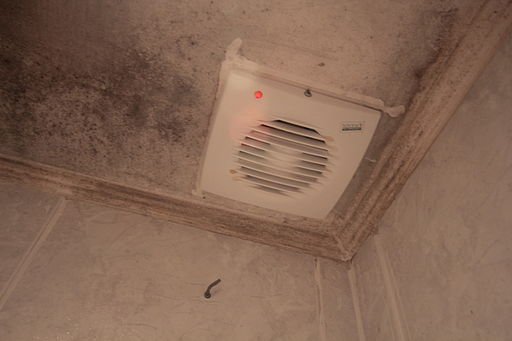
Mold growing in your bathroom is undesirable for several reasons. First, it is unsightly. Second, many people are allergic to mold, and it can aggravate asthma. Third, a particular type of mold, Stachybotrys chartarum (synonyms: Stachybotrys alternans and S. atra) produces mycotoxins; there is some anecdotal evidence that these toxins can be deadly. This article, Bathroom Mold: Cleaning it up and keeping it clean provides several methods for removing mold and instructions for how to prevent its regrowth.
Bathroom Mold: Cleaning it Up
You can use one of several concoctions to kill mold.
- 1 cup of bleach per 1 gallon of water
- 2 teaspoons of tea tree oil per 2 cups of water
- Straight vinegar
Once you have killed the mold, then you need to scrub away the dead organisms. You can do this using any typical cleaning method that you would normally use in your bathroom. A paste made from vinegar mixed with baking soda will be able to remove tough stains.
A few caveats, here, before we go further:
- If mold has gotten into drywall, ceiling tiles, or carpeting, you are going to have to remove that moldy area and replace it.
- If mold covers an area that is greater than 10’x10′, then you should seriously considering hiring a professional. According to the U.S. Environmental Protection Agency (EPA), when the mold coverage is greater than 100 square feet, the person cleaning the mold should be using full coverage personal protective equipment, including gloves, goggles, and a respirator.
Bathroom Mold: Keeping it Clean
Removing existing mold is only part of the solution. The other part is to keep it from coming back.
Mold is everywhere. Microscopic spores float around outside, land on you, your belongings, your pets; mold travels through open windows and open doors. It is on the bottom of your shoes. Mold is just part of the natural world. (In fact, mold is essential to creating blue cheese, Quorn, soy sauce, and tempeh!)
Mold needs food and moisture to live. Most of the mold spores floating around inside your house end up not finding food and water, and so simply die. But the lucky mold spore that finds food and water will start to grow and reproduce like crazy, creating an interconnected network called a mycelium. You need to create conditions that mold cannot tolerate.
With regard to the food, you don’t have a lot of control. Unless your house is built completely of metal or plastic or glass, it contains plenty of food sources. Insulation, drywall, carpeting, adhesives, and paper products contain starch, cellulose, or lignin, all of which mold can use for food.
So, you are left with controlling one aspect: moisture. Simple, right? Just ” Keep the humidity level in your house between 40% and 60%.” This is a nice thought, except that when you use the bathroom, you use it at 100% humidity! (ie. Water)
You therefore need to control the bathroom environment when it is not being used. Most bathrooms have exhaust fans; use them. You could supplement this fan with a Box Fan or other portable fan at the bathroom entrance. Use a dehumidifier in the bathroom when it is not in use. Run the air conditioner. Also, regularly clean the bathroom. This removes any thriving mold colonies while they are still microscopic. Not allowing moist areas to exist for extended periods of time is your best defense against preventing mold growth.
The Author:
Penelope Pettikrew is known as the Speed Cleaning Queen. She has spent over 25 years optimizing her cleaning methods so that she could spend less time cleaning and more time with her daughter and husband.

